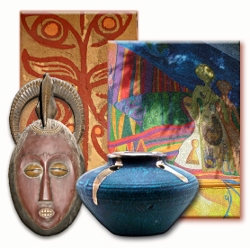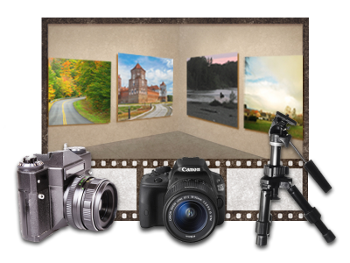Location and management of collections
Collections are documented, managed and stored in many ways:
- Museums: these can range from small house museums to large museums consisting of multiple collections across a large geographic area.
- Universities: often have multiple collections that are also spread over a large geographic area.
- Corporate: many businesses have collections, whether specific to their core business, or for heritage and investment purposes.
- Municipal / Cities: often consisting of collections of local history and interest.
- National: vast collections relating to the army, navy, air force, parks ... the list goes on.
- Private: people accumulate vast collections of items, often specialised. These can be very quirky to large valuable collections.
Types of collections
There are numerous types of collections such as art, cultural items, scientific specimens, historic al items, geological specimens . . .
Broadly speaking, collections can be divided into things made by people and things that occur naturally. There is the archaeological aspect that blurs this simple distinction where people manipulate objects that occur naturally.
Acquiring and documenting
As items are collected and assembled into a collection they need to be accessioned and documented. Essentially, recording what is in the collection.
Those responsible for recording the items in the collection vary, often depending on the extent and type of collection. For example, a large museum will employ registrars, collection managers and curators who are responsible for accessioning, documenting and acquiring new items. Generally private and corporate collections use consultants for the same responsibilities.
Managing and conservation
Items need to be stored in a systematic and appropriate way that allows for their preservation and retrieval.
Similar to the above heading, those responsible for the management and conservation of the items in the collection vary, often depending on the extent and type of collection. For example, a large museum will employ collection managers, curators and conservators. Generally private and corporate collections use consultants for the same responsibilities.
Computerisation of collections
Computerising a collection is essential in many ways:
Recording what it is in the collection is essential. Ideally, every item is recorded by accessioning and registering it then doing the documentation.
It is the behind-the-scenes work that determines the extent and quality of information recorded. There is normally a lot of human effort involved in capturing the information about the items. This can be very time-consuming and expensive. However, if documentation is done well and of a high quality it means an efficiently run collection and the better it will be received by the public, researchers, . . .
Accessing collections
Ideally people visit the actual collection and view and interact with the items directly via exhibitions and displays. In practice this is normally impossible. Therefore other ways of making the information available to the broader audience is necessary. Allowing researchers, schools, universities, and general public to access the valuable information. Some examples:
- Printed media: catalogues, labels, stock lists, etc.
- Interactive CD / DVD
- Public access terminals
- Intranets
- Websites
|

HumanitiesCMD
The product used by museums, universities, corporates, private, municiple, national, ...

CollectorsMD
The product used by fine art / antique dealers, consultants and galleries.

ResourceMD
The product used by libraries, archives and resource centres.
Collection:
A gathering of objects or of persons, as works of art, literary materials, etc.; a quantity of anything collected together into a mass; an assemblage.
Source: TheFreeDictionary


|